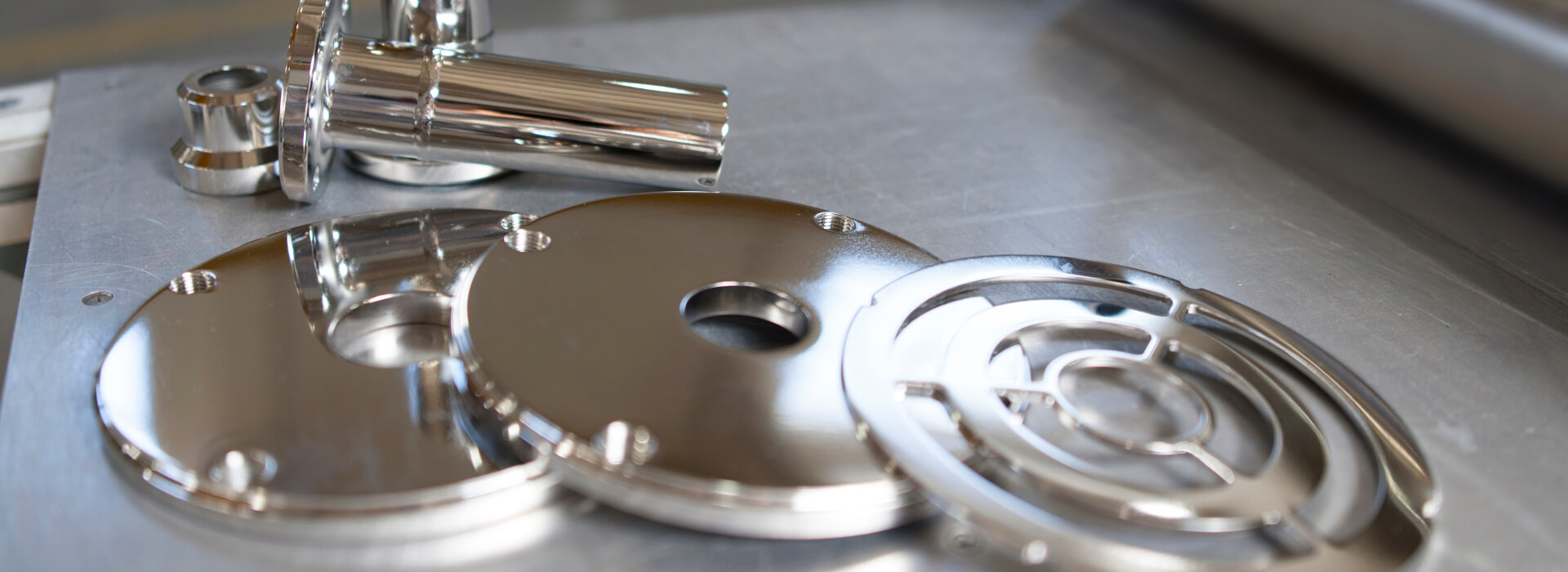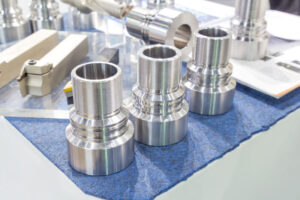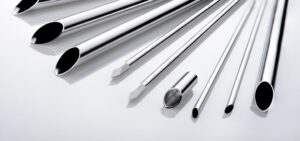Electropolishing: A Revolutionary Metal Finishing Technique
Metal finishing is a critical aspect of modern manufacturing, influencing not only the appearance but also the functionality and longevity of metal products. One such revolutionary technique gaining popularity in various industries is electropolishing. Unlike traditional finishing methods, electropolishing offers a unique combination of aesthetic appeal, enhanced performance, and corrosion resistance, making it an ideal choice for a wide range of applications.
Understanding Electropolishing:
Electropolishing, also known as electrolytic polishing, is an electrochemical process used to remove surface material from metal objects. It involves the controlled dissolution of the surface of a metal object in an electrolyte bath using an electric current. The process is typically performed on stainless steel, aluminum, copper, and other metals that are susceptible to corrosion.
The Electropolishing Process:
The electropolishing process begins with immersing the metal object in an electrolyte bath, which is typically a blend of acids, salts, or other chemicals. The metal object acts as the anode, while a conductive material serves as the cathode. When a direct current is applied between the anode and the cathode, a flow of electrical current is initiated.
During electropolishing, metal cations from the anode dissolve into the electrolyte bath, while electrons are released at the cathode. At the surface of the metal object, metal atoms undergo anodic dissolution, leading to the removal of microscopic peaks, burrs, and surface imperfections. This creates a smooth, polished surface finish.
Benefits of Electropolishing:
- Improved Surface Finish: Electropolishing produces a smooth and shiny surface finish, enhancing the appearance of metal objects. It eliminates surface irregularities, such as pits, scratches, and weld marks, resulting in a high-quality, aesthetically pleasing product.
- Corrosion Resistance: Electropolishing not only removes surface imperfections but also enhances the metal's corrosion resistance. By removing the outer layer of the metal and re-passivating the surface, the electropolished metal becomes more resistant to corrosive environments, making it ideal for applications in harsh conditions.
- Deburring and Stress Relief: The electropolishing process is highly effective in removing burrs, which are undesirable metal projections formed during machining processes. Additionally, it can relieve stress-induced during manufacturing, improving the structural integrity of the metal object.
- Cleanability and Hygiene: The smooth and non-porous surface obtained through electropolishing makes it easier to clean and maintain metal objects. In industries such as food processing, medical equipment, and pharmaceuticals, this feature is crucial for maintaining hygiene and preventing contamination.
- Dimensional Precision: Electropolishing is a selective process that removes material evenly from the surface, ensuring dimensional precision and maintaining the original part's design integrity.
- Polishing of Complex Shapes: Electropolishing is highly versatile and capable of polishing complex shapes and hard-to-reach areas that may be challenging or impossible using traditional mechanical polishing methods.
Applications of Electropolishing:
Electropolishing finds applications in a wide range of industries, including:
- Medical and Pharmaceutical: Surgical instruments, medical implants, and pharmaceutical equipment benefit from electropolishing's enhanced hygiene and corrosion resistance properties.
- Food and Beverage: Electropolished metal surfaces are used in food processing equipment, storage tanks, and brewing equipment to prevent contamination and ensure sanitary conditions.
- Automotive: Engine components, fuel injectors, and various automotive parts benefit from improved corrosion resistance and increased fatigue strength obtained through electropolishing.
- Aerospace: Critical aerospace components, such as turbine blades and aircraft parts, are electropolished to improve their performance and longevity under extreme conditions.
- Electronics: Electropolishing is used in the electronics industry for precision polishing of delicate electronic components.
- Jewelry: Some jewelry manufacturers use electropolishing to achieve a smooth and shiny finish on metal jewelry items.
Conclusion:
Electropolishing is a cutting-edge metal finishing technique that has revolutionized the way metal objects are treated. With its ability to provide superior surface quality, enhanced corrosion resistance, and improved performance, electropolishing has found its place in numerous industries. As technology continues to advance, we can expect further developments in the field of electropolishing, leading to even more innovative applications and benefits for various metal-based products.
Reach out to us today and learn about our metal electropolishing capabilities that meet your product needs.



